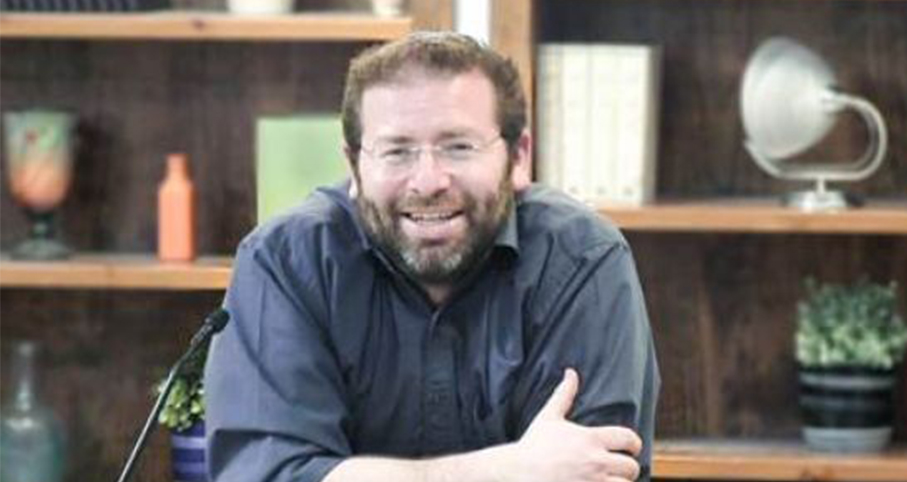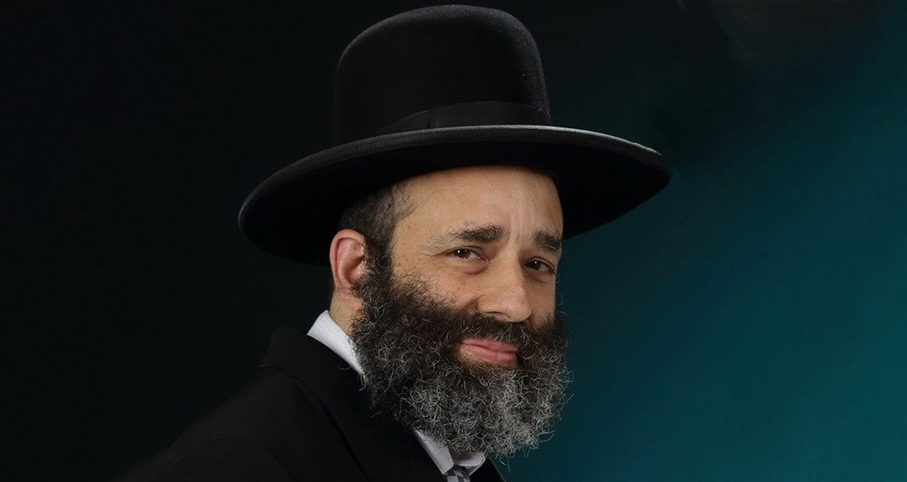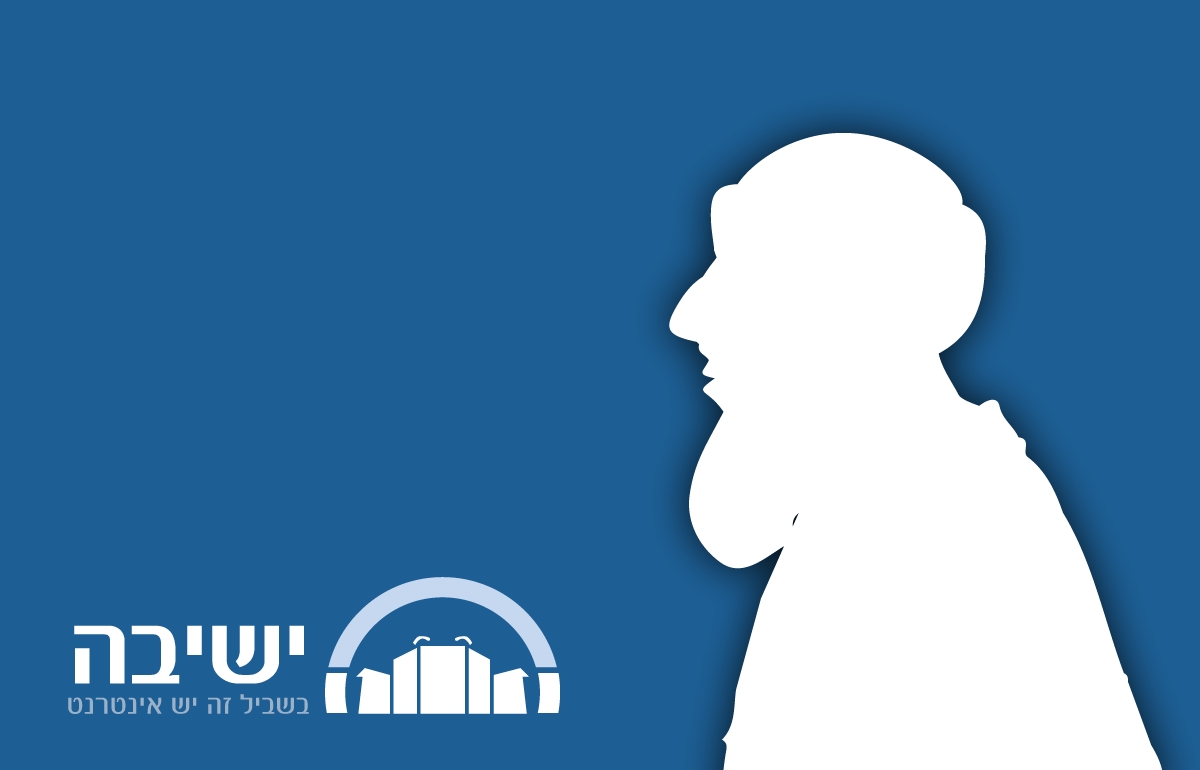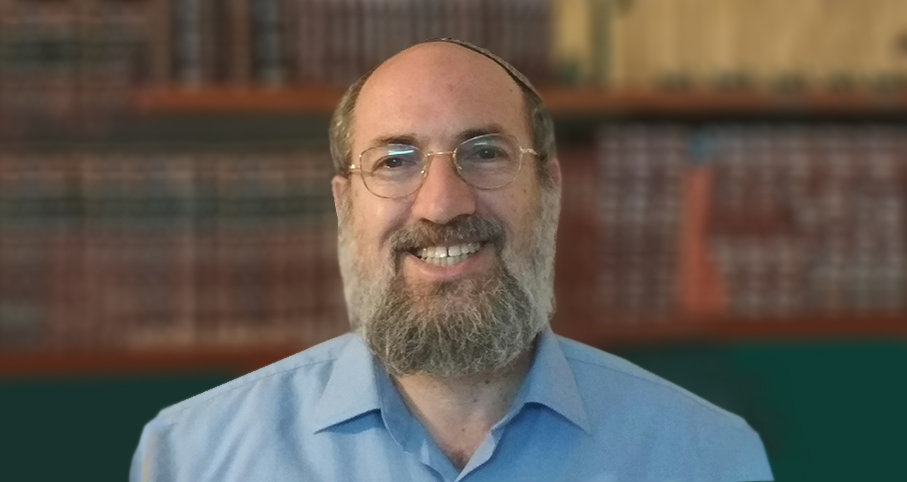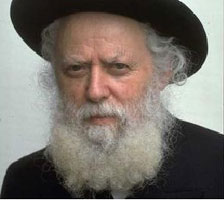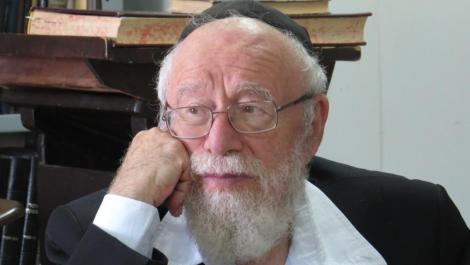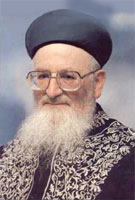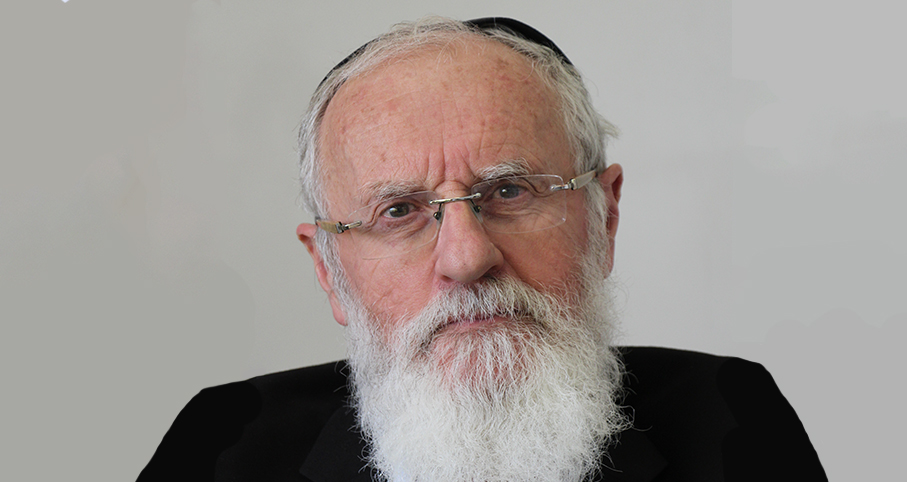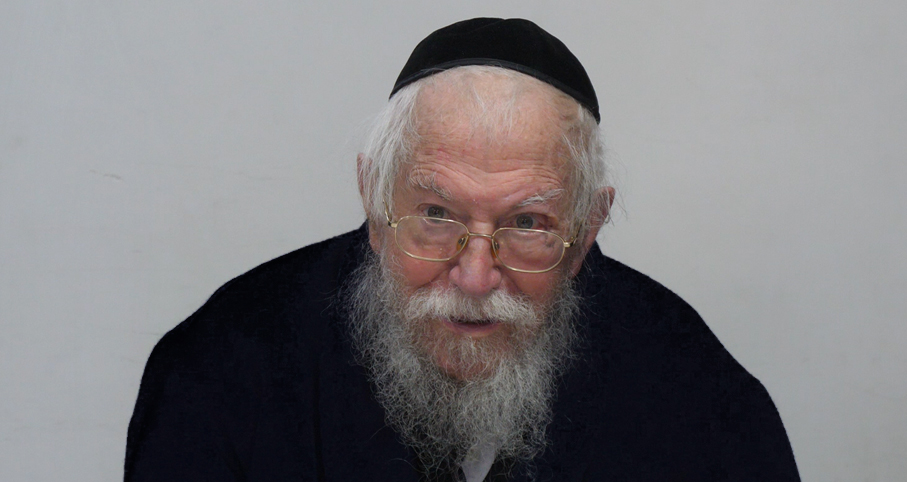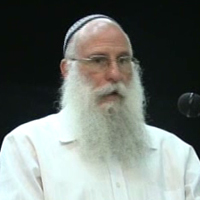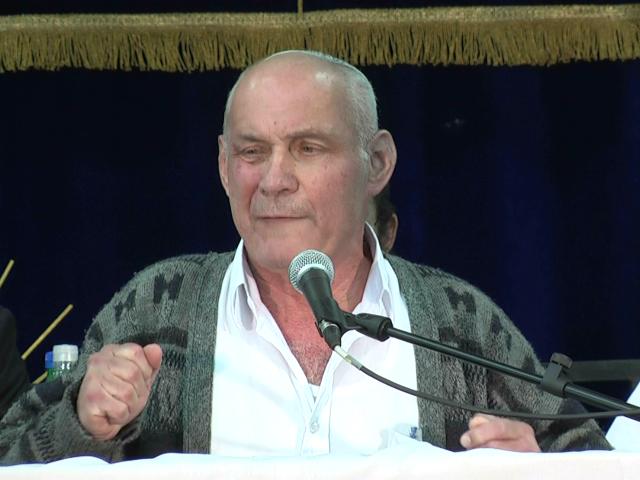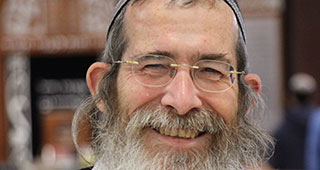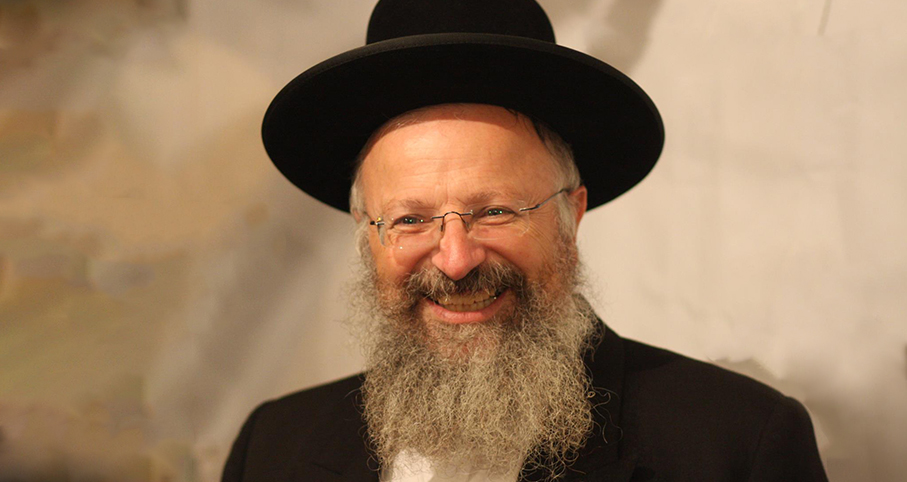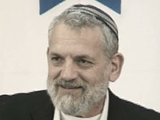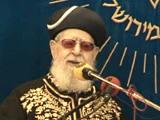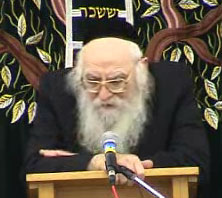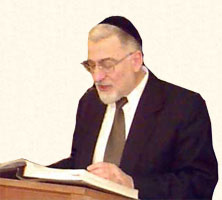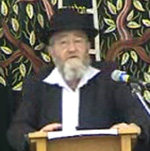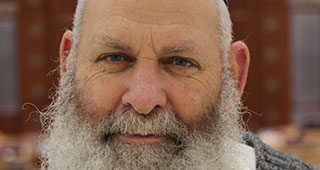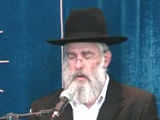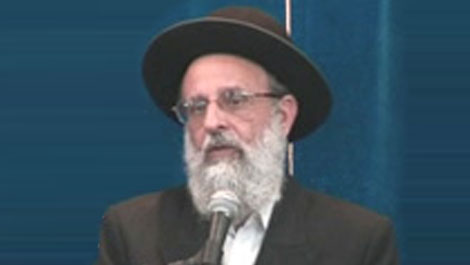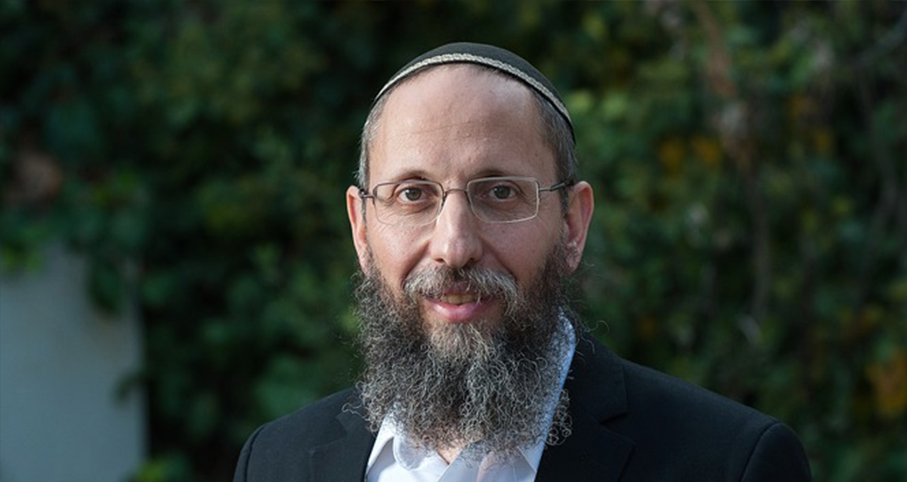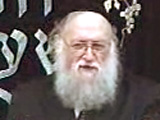Beit Midrash
- Sections
- Chemdat Yamim
- Parashat Hashavua
- Torah Portion and Tanach
- Shmot
- Tetzave
We will now quote sections of the Ramban (Shemot 25:2): "Hashem spoke the Ten Commandments face to face to Israel … they were fit to have a sanctuary with the Divine Presence among them. That is the reason that Hashem commanded about the Mishkan from the outset … there Hashem would speak to Moshe and command Bnei Yisrael. The main reason for the Mishkan is for there to be a place for the aron (ark) to dwell … so that the Divine Presence, which was at Sinai, could dwell in a hidden manner … when Moshe would come, the divine speech would come to him as it had at Sinai… The pasuk repeats ‘And He would speak to him’ to teach that which we know based on tradition – that the voice would come from the Heaven to Moshe from above the kaporet (the cover of the aron)."
The Ramban’s thesis adds flavor to two other sources. The Yerushalmi (Megilla 1:12) says that whenever the aron was in the Mikdash it was forbidden to bring sacrifices on bamot (local altars). As soon as the aron was removed from the Mikdash, it became permitted to sacrifice on bamot. This statement of Chazal lends tremendous importance to the aron. It follows that the Mishkan/Mikdash loses a great degree of its significance without the aron. Thus, when the Plishtim captured the aron and it was out of the Mishkan for 57 years, it was permitted to sacrifice outside the Mishkan. Once the Mikdash was built with the aron in its midst, the prohibition of sacrificing on bamot became permanent.
What happened when the first Beit Hamikdash was destroyed? What would happen if the aron were taken out of the Mikdash? Would the Divine Presence leave as well? Chazal hinted at the following answer. The gemara (Yoma 52a) tells that King Yoshiyahu hid the aron under the ground of the Mikdash because he foresaw the nearing destruction of the Mikdash. Realize that Yoshiyahu was the first and only king to effectively stamp out the sacrifices on bamot. In order to ensure that the prohibition on bamot would not fall by the wayside, he made sure that the aron would stay on the premises of the Mikdash.
Next week, we will look at another element that illustrates the special spiritual power of the aron. Let us pray that we will soon merit a full Divine revelation, as it was at the time of the giving of the Torah and at the time that the Mikdash stood, complete with its vessels. This will be a tikkun (a way to fix) for the sin of the Jews of Shushan, who, by using vessels of the Mikdash, declared that the Divine Presence no longer dwelled on the Mikdash and its vessels.
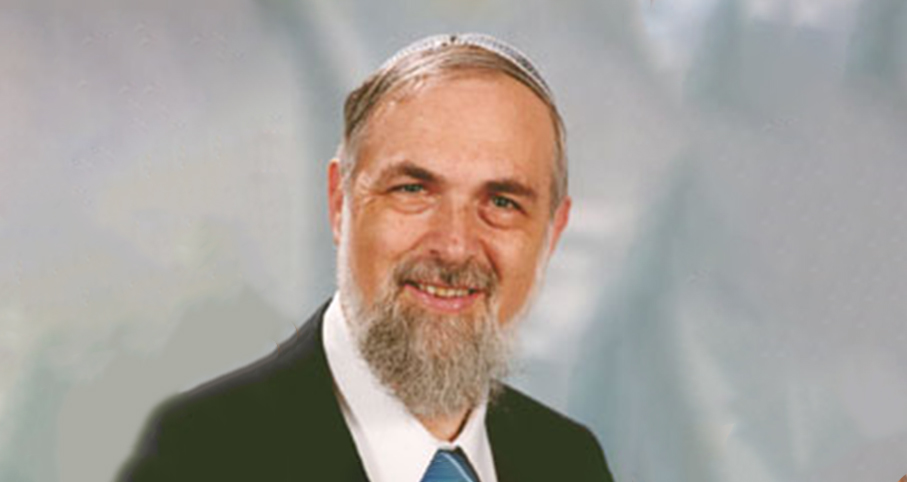
Parashat Hashavua: Reddish! Is that Good?
Rabbi Yossef Carmel | Cheshvan 5785

Parashat Hashavua: How to Ensure a Future of Torah
Rabbi Yossef Carmel | Cheshvan 5786
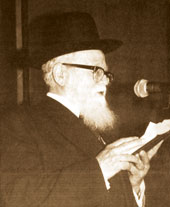
First Fruit Next to the Altar
Rabbi Shaul Yisraeli zt"l | 5772

